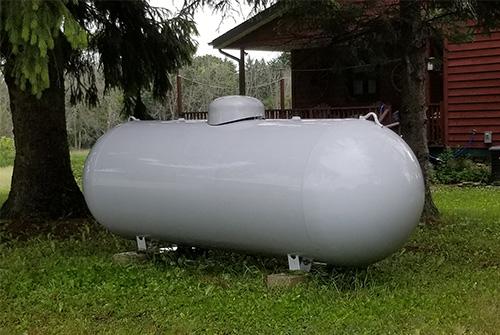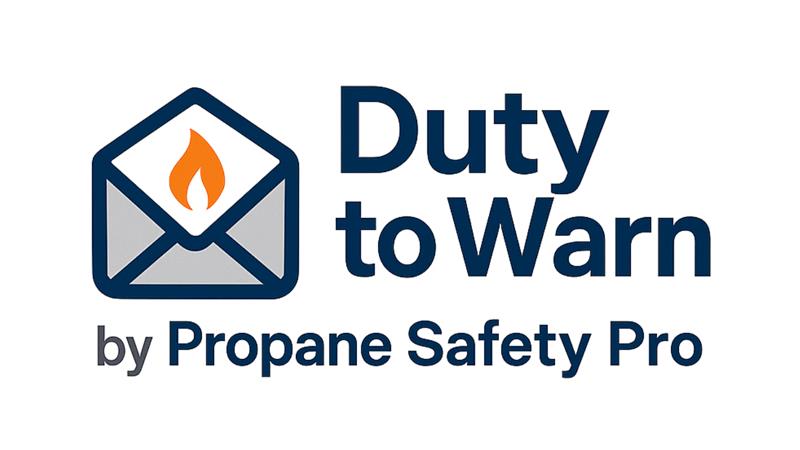Innovative Ways to Free Up Tanks Without Losing Customers

No propane company wants to pull a tank and lose a client, but sometimes, leaving equipment on an inactive property costs more than it’s worth. Tanks take up space, tie up capital, and can become a liability. Pulling a tank too soon – or doing it without care – can damage the client-company relationship and hurt future business opportunities.
So, when is the proper time to make the call, and how do you do it so that the door stays open if the customer decides to return? Here’s a practical guide on how to approach this common but tricky situation.
Know What Inactivity Means
Before making any move, you need a clear standard for what qualifies a tank as “inactive.” For some companies, it might be 12 months without an order. For others, it could be based on average usage dropping below a certain threshold. What matters most is that your definition is documented in writing, consistent, and applied fairly. Without a clear policy in this arena, you risk acting too soon or letting tanks sit idle for years without return.
Check the Numbers and the Location
Look at how much income that tank has generated over its lifetime. If the client used to be in high volume but hasn’t ordered in a year, they may be worth reaching out to before pulling the tank. However, if the usage has been low for years and the tank is in a location where delivery is difficult or costly, the decision to pull it becomes more obvious.
Ask yourself this – if that tank were empty today, would you redeploy it somewhere else right away? If the answer is yes, that’s a sign that it may be time to retrieve it and find a better use for it.
Reach Out the Right Way Before Taking Action
Never surprise a customer by removing a tank without notice. Even if they haven’t ordered propane in a while, you want to protect your relationship with them and demonstrate consideration and respect. Start with a simple message that reminds them that they haven’t placed an order in some time and inquires about whether or not they still plan to use your propane services.
You can phrase the inquiry in a professional way that shows you’re managing equipment efficiently – not pushing them away. This creates an opportunity for them to respond and re-engage with you. You can proceed with the tank removal more confidently if they don’t reply after several communication attempts.
Keep the Message Friendly and Focused
When it’s time to schedule a removal, be clear and polite. You’re not cutting them off – you’re simply cleaning up inactive inventory. Let them know they’re always welcome to come back and that reinstalling a tank for them in the future is no problem. This leaves them with a positive final impression, even if they haven’t been active lately. You’d be surprised how many former customers return after a respectful goodbye.
Track Every Removal and Response
Be sure to log every message and step you take if you do decide to remove a tank. This protects your team if a client claims that they weren’t notified. It also helps you spot purchasing patterns. For example, are clients in one region more likely to go inactive? Do certain types of clients tend to come back later? Effective tracking of this nature gives you insight for more intelligent decisions down the road.
Protecting Equipment While Protecting Trust
Removing tanks from inactive clients is part of running a smart propane operation, but how you do it matters. You can protect your bottom line without hurting relationships if you’re respectful, organized, and consistent. When these tricky situations are handled the right way, this process can earn you respect – and maybe even bring customers back to you down the road.
How This Supports Long-Term Business Health
Regularly evaluating inactive clients and managing your tank fleet carefully frees up your valuable resources for active customers who need them most. You also reduce risk, cut losses, and show potential clients you run a thoughtful, professional operation. This kind of system-oriented thinking helps propane businesses grow without wasting time, money, or goodwill.














